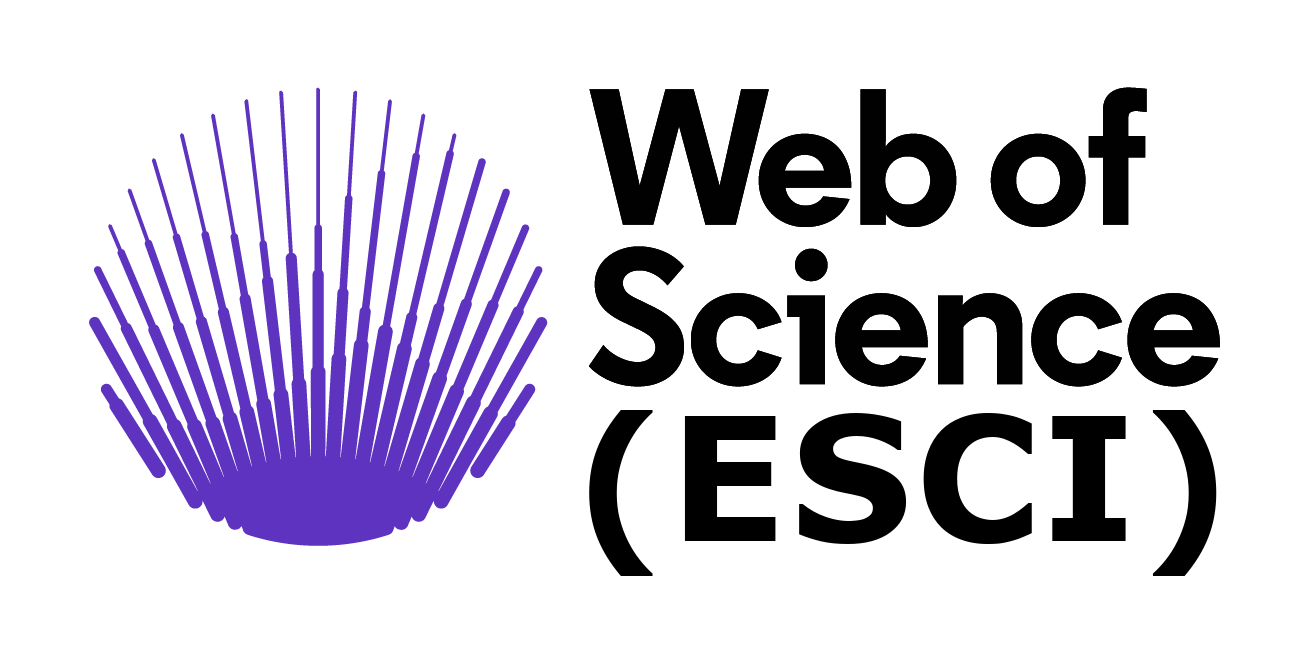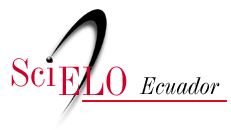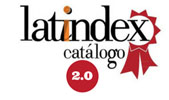Chitosan application as a biocoagulant in wastewater contaminated with hydrocarbons
DOI:
https://doi.org/10.29019/enfoqueute.v6n3.69Keywords:
Jar test, shrimp shell, clarification, deacetylation, intrinsic viscosimetryAbstract
The environment contamination in Ecuador, done by the production, transport and commercialization of hydrocarbons, requires further research regarding new treatment alternatives that use biodegradable substances. In this study, abdominal shrimp shell waste, Litopenaeus vannamei was used to obtain chitosan and then apply it as a biocoagulant to a wastewater sample contaminated with hydrocarbon products. The produced chitosan was characterised by potentiometric titration, resulting in a deacetylation degree (%DD) of 87.18%– 93.72% and by intrinsic viscosimetry, obtaining an average molecular weight (g/mol) of 5.2x105 –5.4x105. The application of chitosan was done in a jar test, for which a completely randomised factorial design 2k was set, resulting in an evident statistically significant effect for all the factor studied, that is, pH (Initial), chitosan type and agitation method, using the turbidity percentage removal as the response variable. As a result, a pH of 5.5, a 2 mg(Chitosan)/L(sample) and a fast agitation method were applied to a contaminated sample reducing the turbidity in 98.19%, the oxygen chemical demand in 78.17%, color in 91.45% and total petroleum hydrocarbon in 99.09%.Downloads
Download data is not yet available.
Downloads
Published
2015-09-30
Issue
Section
Miscellaneous
License
The authors retain all copyrights ©.
- The authors retain their trademark and patent rights, as well as rights to any process or procedure described in the article.
- The authors retain the right to share, copy, distribute, perform, and publicly communicate the article published in Enfoque UTE (for example, post it in an institutional repository or publish it in a book), provided that acknowledgment of its initial publication in Enfoque UTE is given.
- The authors retain the right to publish their work at a later date, to use the article or any part of it (for example, a compilation of their work, lecture notes, a thesis, or for a book), provided that they indicate the source of publication (authors of the work, journal, volume, issue, and date).
























